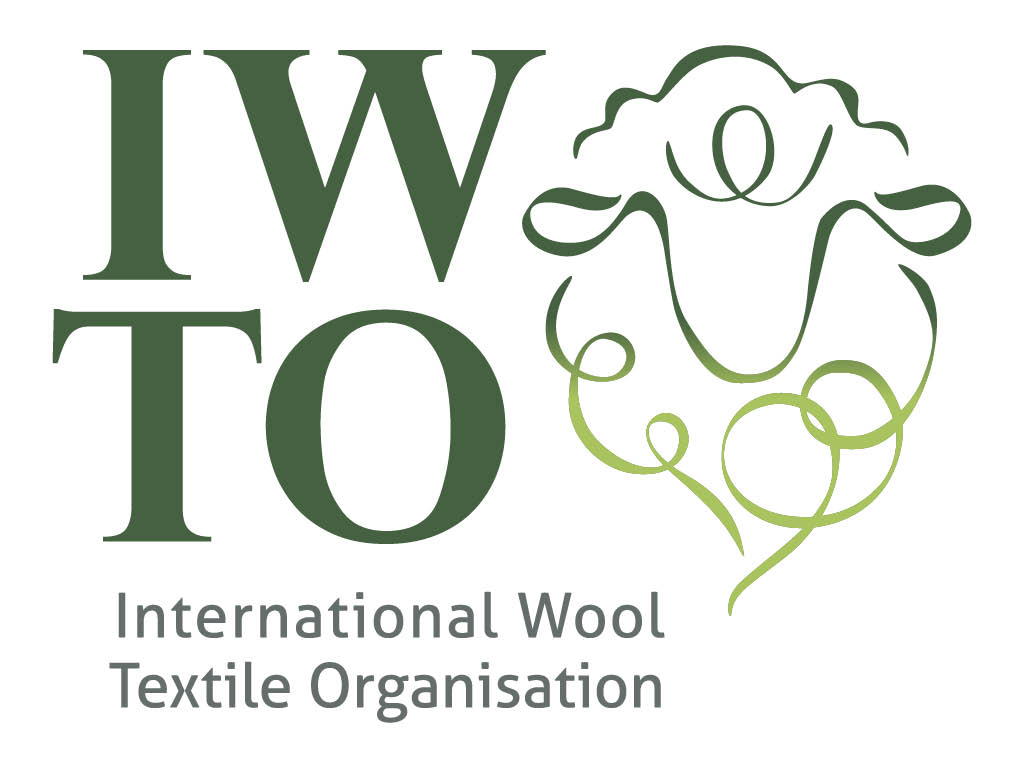A Call for Better Product Lifetime Measurement in PEF
Leading organizations within the EU’s Technical Secretariat of the Product Environmental Footprint Category Rules (PEFCR) for Apparel & Footwear have raised concerns about the current method for calculating a product’s “Duration of Service,” a critical factor in determining environmental footprint according to an article published by Jeannette Cook at IWTO.
The International Wool Textile Organisation (IWTO) joins the Confederation of National Associations of Tanners and Dressers of the European Community (COTANCE), the European Footwear Confederation (CEC), and the International Fur Federation (IFF) in calling for a review of the proposed method.
Our concern: the current approach bases “duration of service” of clothing and footwear on a default number of wears, without regard for real-life scenarios. This returns a distorted score for all products, and with significant negative implications for natural fibres.
The result of this risks hindering the diversity and competitiveness of Europe’s apparel and footwear industries and their supply chains.
Download a copy of the Joint Statement here.
The Issue: Unrealistic Lifetime Calculations
The Apparel & Footwear PEFCR aims to provide a standardized way to assess the environmental impact of clothing and shoes. However, the rules determining how long a garment or footwear item lasts – based on a predetermined number of wears – fail to reflect real-world usage, potentially distorting environmental “scores.”
The longer a product stays in use, the lower its environmental impact. However, the current PEFCR version utilizes default number of wears as a cap for duration of service values. These values, ranging from 40 wears for shirts to 100 for boots, fail to account for differences in raw materials, quality, design, and care.
These default lifetimes lack research backing and create an unfair advantage for short-lived products made from synthetic materials like polyester. This discourages sustainable practices like creating long-lasting apparel and footwear – a key goal of the UN Sustainable Development Goals (SDGs) and the European Union’s Green Deal.
Read Next: AWI Unveils Woolmark+ Roadmap
How the Rules Can Improve
- Account for Actual Use: Currently, default lifespans are assigned regardless of product quality, design, construction, or care. This penalizes well-made, classic garments that can last for years, even decades.
- Encourage More Products People Keep for Longer: The current system incentivizes short-lived products disguised as more environmentally friendly under the PEF methodology. This disincentivises efforts to create longer-lasting apparel and footwear.
- Correct the Unfair Treatment of Natural Materials: The PEFCR unfairly penalizes natural materials like wool due to inequalities in how raw materials are treated in Life Cycle Assessment.
A Call for Accurate Assessment and Fair Treatment
“The current PEFCR methodology fails to reflect the true environmental impact of apparel and footwear products,” said Dalena White, Secretary General of the IWTO. “Consumers deserve accurate information, and Europe’s natural fibres industries deserve fair treatment under EU law. These PEF rules must accurately reflect the environmental merits of Europe’s natural fibres industries and avoid unfair disadvantage.”
Download a copy of the Joint Statement here.
Find the Media Release here.
For more information on the wool industry around the world, take a look at IWTO fact sheets, statistics and guidelines, or visit IWTO website.
Source: Jeannette Cook IWTO


